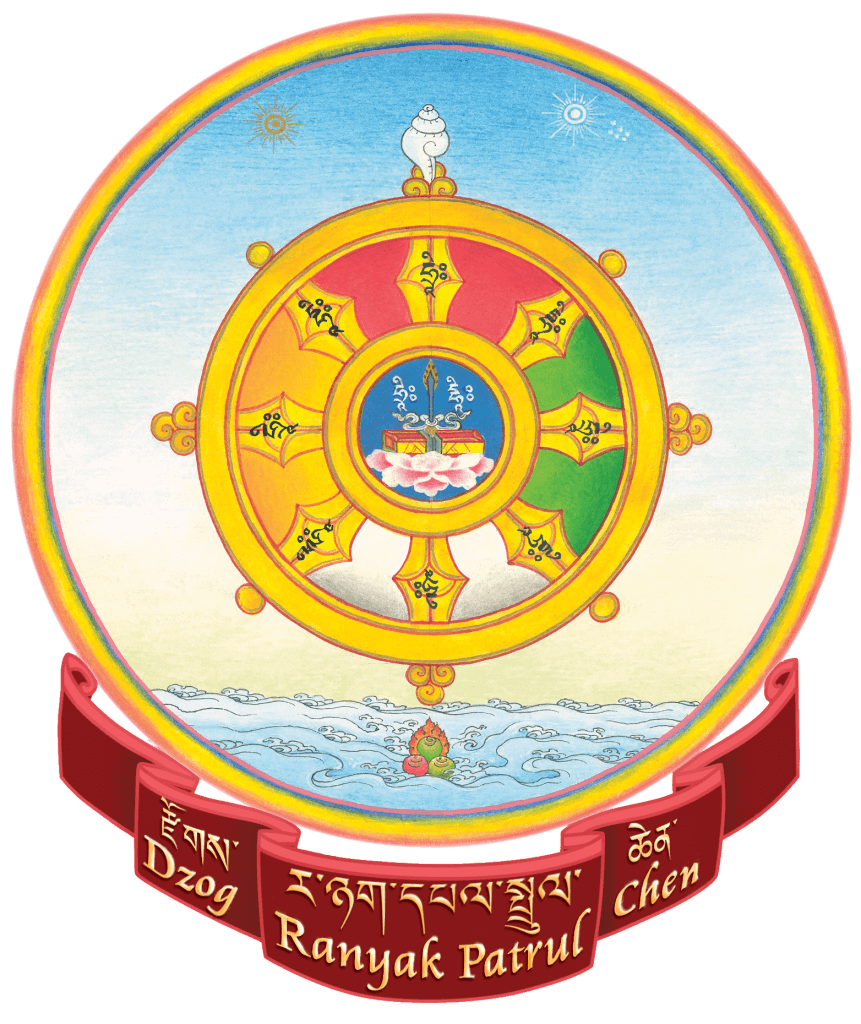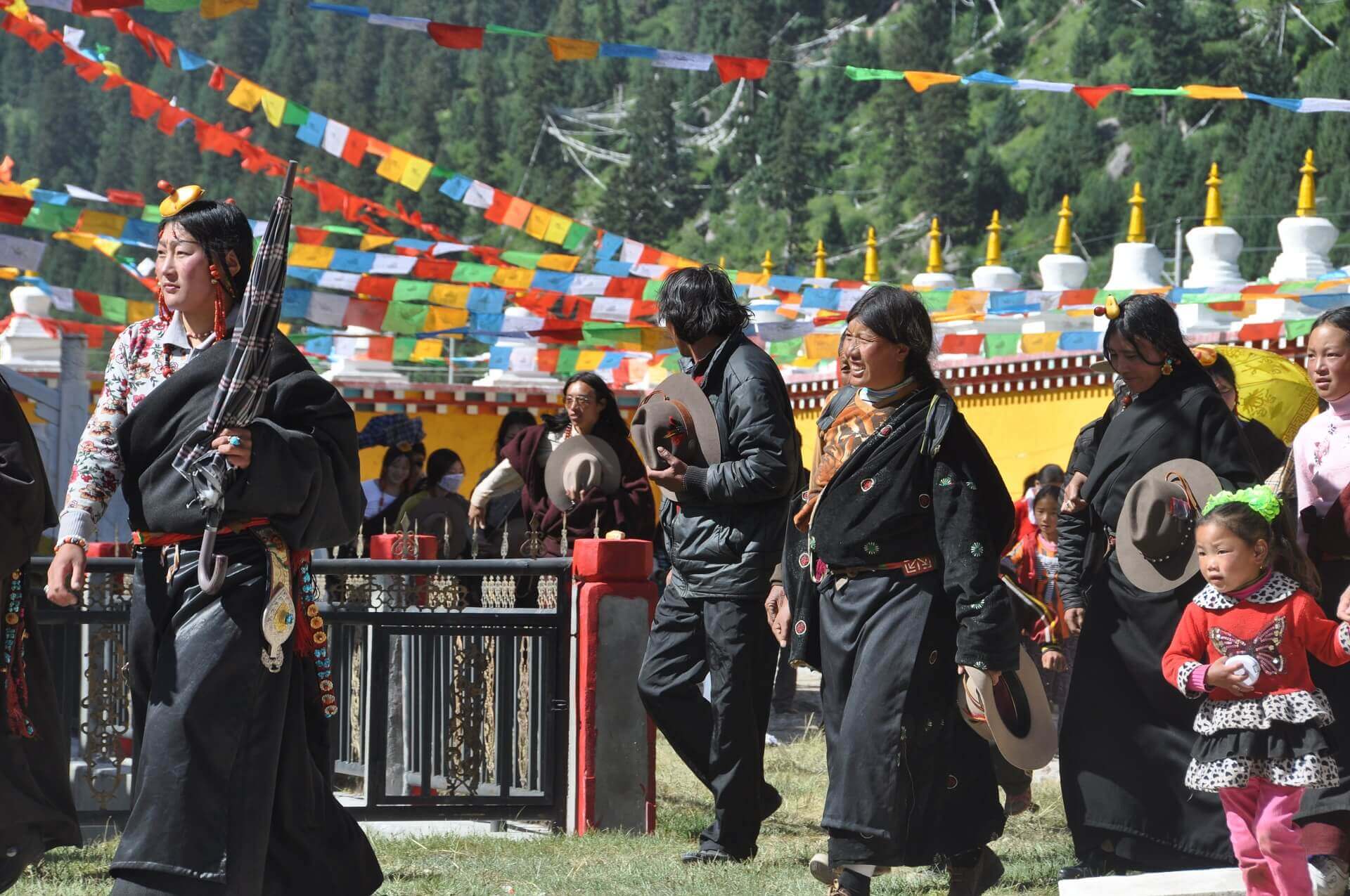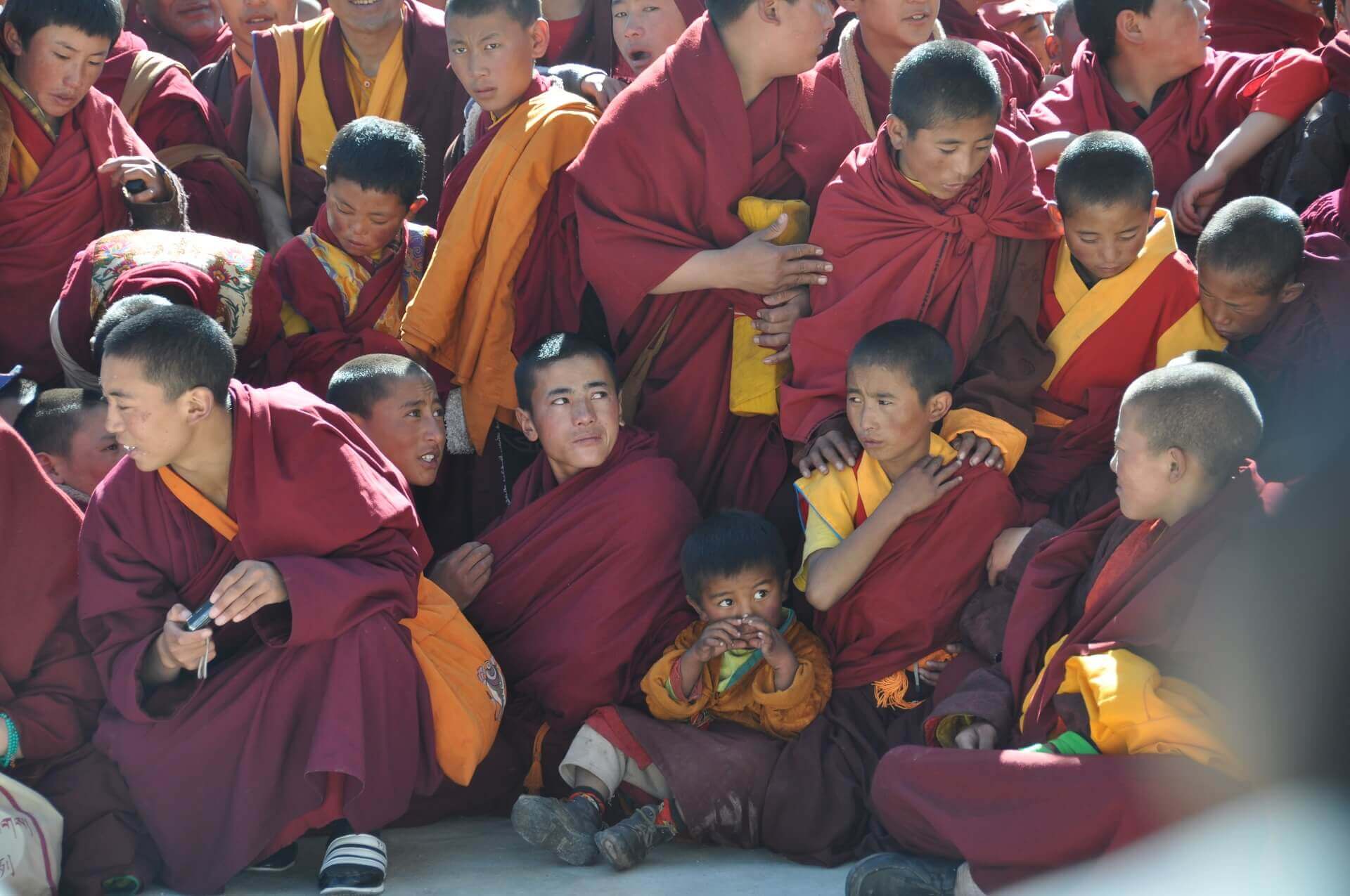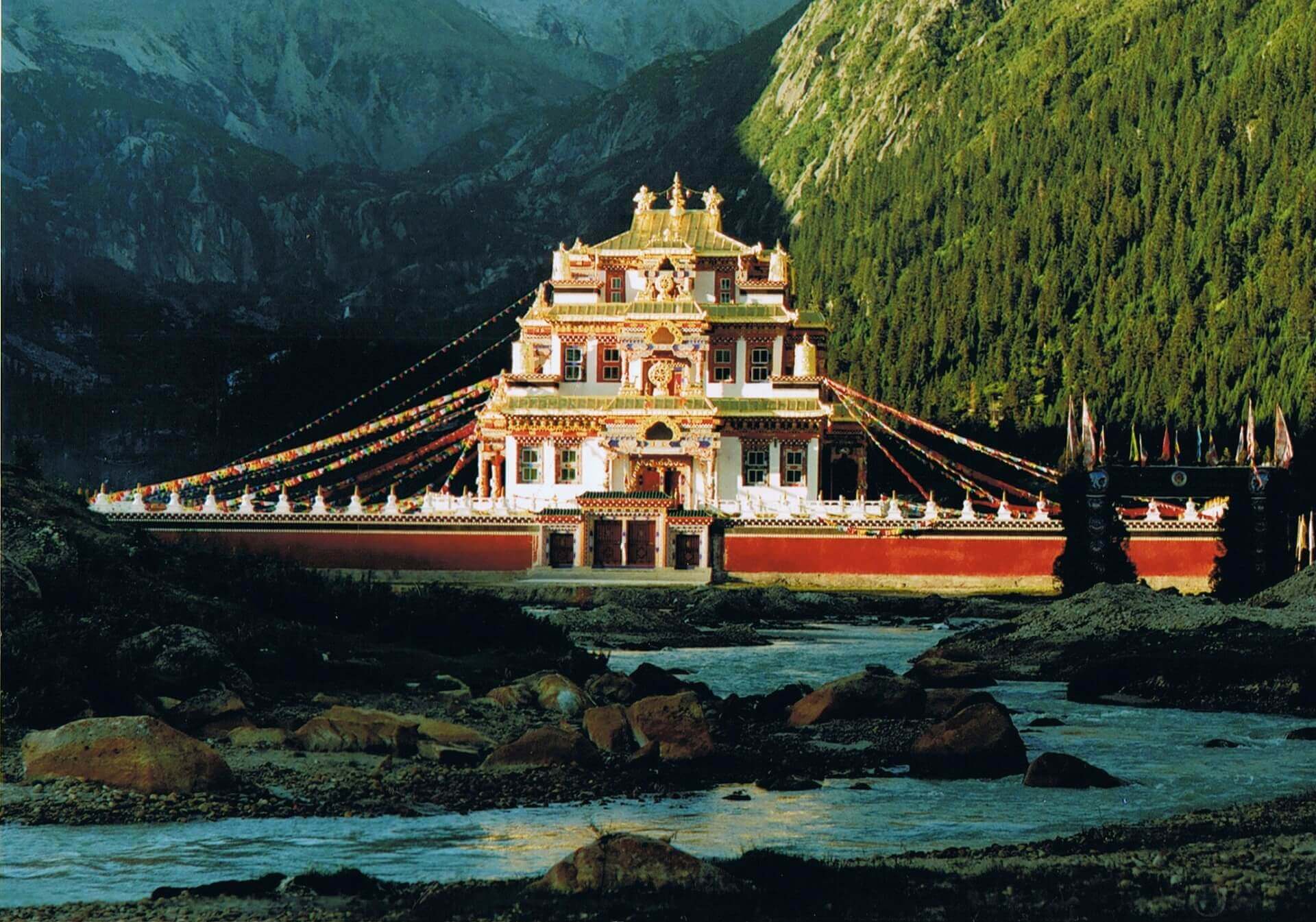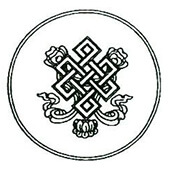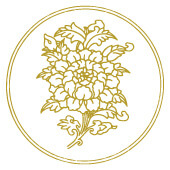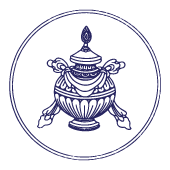Preserving Dharma
Teachings, Culture and Values
The precious teachings of the Dharma need protection and preservation efforts more than ever.
Why?
Thanks to the great Buddha Shakyamuni, Siddhartha Gautama, the teachings appeared in this world, were spread in the holy land of India and practised for several centuries there. These teachings are unique and precious because they offer a great range of methods that enable every sentient being to discover their inherent source of happiness. However, Buddhism lost its influence in India the 7th century and came close to extinction at some point.
Had it not been for some great beings then,
it might have been lost forever.
Some of the Buddhist teachings survived as the Sri Lankan Theravada, or in other countries like China, Mongolia and Japan but it was Tibet that became the real home for Vajrayana Buddhism which we practice today and here in this tradition. It was in The Land of Snow where the second Buddha, Padmasambhava, revealed most of his teachings, where teachings were translated, spread and preserved with great care. However, during these degenerated times we live in, even the fortress of Tibet is not impregnable anymore.
To preserve the teachings, it needs action. Patrul Rinpoche puts great efforts into preserving the Buddhadharma. Writing, translating and publishing the Dharma is his predominant issue.
To make it happen, Rinpoche founded the publishing house Wisdom Treasury and organised the Sambhota Translation Group. Lots of precious texts are being preserved, translated and published.
However, Buddhism is not only texts.
It is also realisation. It is what it leaves in our hearts.
It is thanks to Dharma teachings that Tibetan people are often described as kind, positive and loving. This is the imprint that the precious teachings of bodhicitta leave on culture and people.
Tibetan culture is literally soaked with the wisdom of Buddhism. It is its art, traditions, architecture and lifestyle. It needs support and protection at these difficult times.
Rinpoche supported education in Dzogchen. Firstly, he founded Zangdok Palri Institute Tibet, which opened a school for orphans, especially girls. This worked very well for seventeen years but it became difficult and had to be suspended.
There were several projects providing Dharma education to lay people. Some came to being, others had to be dropped.
One achievement cannot be left unnoticed: thanks to Patrul Rinpoche
Zangdok Palri Institute manifested in a physical form
as an amazing, prominent building shining like a jewel in the beautiful valley of Dzogchen.
This building project was a task given to Patrul Rinpoche by Pema Kalzang Rinpoche. It is meant to be a cultural institute providing Buddhist education to everybody who desires to study Dharma teaching. The form and design were entirely created in Rinpoche’s head based on descriptions in the Zangdok Palri Prayer. He conducted and finalised the project from the beginning to the end and inaugurated it together with his students from the West in 2010. To know more about its role, meaning and history, read these gripping articles about the Zangdok Palri Institute.
First and foremost, Rinpoche preserves the Dharma putting it into his students’ hearts as philosophy and instructions how to practise. He teaches people according to their needs and abilities wherever it is needed.
After five hundred years
I will exist in the form of texts.
Think that they are me and
Be respectful to them.
The Ear Ornament of the Buddha,
quoted in Searching for Self-Liberation by Patrul Rinpoche
